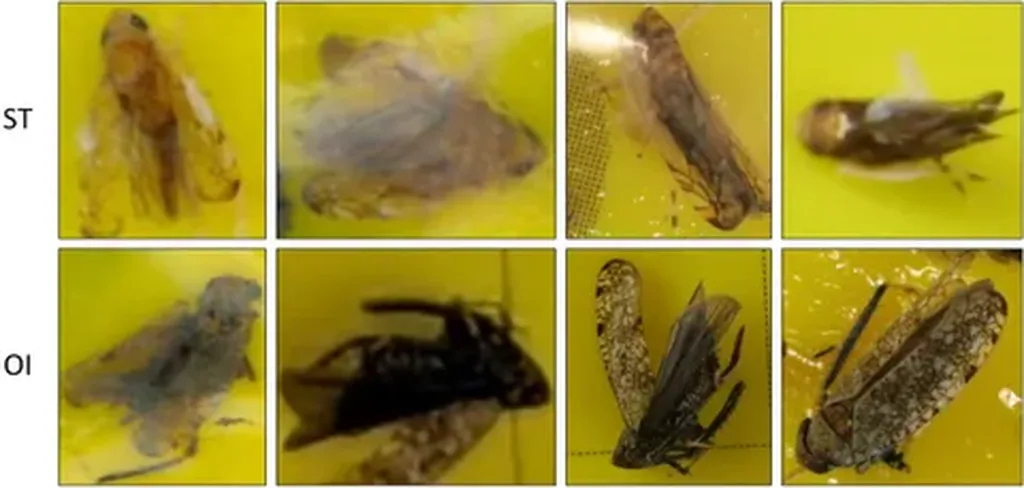In the heart of Italy’s vineyards, a technological revolution is underway, one that could redefine how farmers combat invasive pests. Researchers, led by A. M. Lingua from the Politecnico di Torino, have turned to deep learning to improve image alignment in vineyard environments, a critical step in detecting and managing pests like the invasive *Popillia japonica* beetle. Their work, published in *The International Archives of the Photogrammetry, Remote Sensing and Spatial Information Sciences*, offers a promising solution to a growing agricultural challenge.
The *Popillia japonica* beetle, introduced to Italy in 2014, has wreaked havoc on vineyards, causing significant economic damage. Traditional methods of detecting these pests, such as manual identification, are accurate but labor-intensive and time-consuming. To address this, Lingua and his team explored a computer vision (CV)-based approach using Near-Infrared (NIR) imagery captured by Uncrewed Aerial Systems (UAS). The goal was to develop a standardized and replicable monitoring protocol that could streamline pest detection and management.
However, the team encountered a significant hurdle. Traditional feature extraction and matching (FEM) algorithms, such as SIFT, SURF, and ORB, struggle in vineyard environments due to repetitive structures and limited NIR texture. These limitations hinder image alignment, which is crucial for accurate pest mapping. “The seriality of fixed components like poles and supports in vineyards creates a challenging environment for traditional image matching algorithms,” Lingua explained. “This seriality, combined with the limited texture in NIR imagery, makes it difficult to achieve precise image alignment.”
To overcome these challenges, the researchers turned to deep image matching (DIM) techniques. They replaced traditional FEM methods with SuperPoint and DISK for feature extraction, paired with SuperGlue for graph-based matching. Applied within a visual SLAM (vSLAM) framework, these deep learning models significantly improved image connectivity and alignment. The results were impressive, with up to a 90% improvement in alignment over conventional methods.
The implications of this research are far-reaching for the agriculture sector. Accurate pest mapping enables targeted pesticide application, reducing the need for broad-spectrum treatments and minimizing environmental impact. This precision agriculture approach not only conserves resources but also enhances the sustainability of viticulture. “Our work presents a robust, scalable solution for accurate pest mapping in viticulture,” Lingua said. “By integrating deep learning techniques into traditional image matching methods, we can significantly improve the efficiency and accuracy of pest detection.”
The study also contributes a fine-tuned PyTorch model to the scientific community, fostering further research and development in the field. This open-source approach encourages collaboration and innovation, paving the way for future advancements in agricultural technology.
As the agriculture sector continues to grapple with the challenges posed by invasive pests, this research offers a beacon of hope. By leveraging the power of deep learning and computer vision, farmers can adopt more precise and sustainable pest management strategies. The work of Lingua and his team not only addresses an immediate need but also sets the stage for future developments in agricultural technology, shaping the future of viticulture and beyond.

